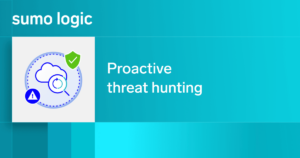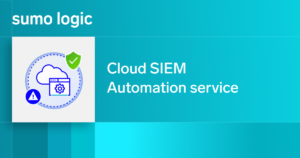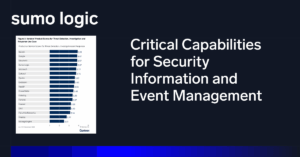
Not investing in a Security Incident and Event Management (SIEM) solution means you’re missing out on significant business benefits. A SIEM platform provides real-time detection and response to security incidents, helping you reduce the risk of costly compliance violations. Combine that with SIEM use cases such as consolidating and streamlining reporting, and your security team saves time and operational costs.
For any organization that aims to stay competitive and ahead of security threats, a SIEM tool is essential.
Why invest in a modern SIEM solution?
SIEM systems are not a novelty, but they remain one of the most effective security tools an organization can invest in, especially when looking for new ways to enhance security operations.
A SIEM platform provides organizations with a comprehensive view of all security events and incidents so you can neutralize or prevent cyberattacks.
By aggregating and analyzing security data logs from multiple sources, such as enterprise security controls, host operating systems, applications and other software components, a SIEM tool provides threat detection, security monitoring, and accelerates incident response. With this additional visibility, you can identify a potential threat or any malicious activity across the entire infrastructure.
A SIEM tool helps to:
- Prevent financial and reputational damage: Once a threat is detected, modern SIEM solutions automatically trigger alerts and can coordinate with other security tools to isolate and remediate risks, minimizing the potential impact. This helps maintain business continuity and reduce the financial costs of a security breach.
- Enhanced security event management and log management: Centralized log collection and storage enable your security team and SOC analysts to generate detailed, comprehensive reports that cover your entire IT environment. Unlike individual security tools that offer siloed reporting, Cloud SIEM provides consolidated visibility, improving operational efficiency and making it easier to spot vulnerabilities and compliance gaps.
- Compliance management: Regulatory frameworks such as PCI DSS, HIPAA, SOX, FISMA, FERPA, and ISO 27001 require continuous monitoring, logging, and reporting of security incidents. A SIEM tool automates these processes, allowing you to adhere to compliance mandates. It also checks whether your organization is in compliance with relevant regulations and indicates areas where improvement is needed, preventing fines or other non-compliance penalties.
It’s time to replace your traditional SIEM for smarter security operations
Traditional SIEM solutions often struggle to keep pace with the complexity and scale of cloud-first environments. They can be complex to deploy and maintain, difficult to scale, and slow to deliver actionable insights.
Sumo Logic Cloud SIEM modernizes your security operations. With an AI-powered SIEM, you get more flexibility, scalability, and speed to detect and respond to security threats in real-time.
For example, after replacing their legacy SIEM with Sumo Logic, Destination XL (DXL) Group cut log analysis time from five minutes to seconds and achieved faster threat detection and investigation with contextual search and built-in threat intelligence.
“There hasn’t been anything I’ve thrown at Sumo Logic that it couldn’t handle. No matter how simple or complex the tech stack, it ingests, normalizes, and reports on the data exactly how we need it, making our lives a whole lot easier. And the support we’ve received along the way has been some of the best I’ve seen from any partnership I’ve had with any product I use.”
—John Sacchetti, Director of Cybersecurity and Networking
By leveraging advanced analytics, machine learning, and anomaly detection across cloud and on-premises systems, Sumo Logic Cloud SIEM empowers your security team to gain comprehensive visibility and automate incident response across hybrid environments.
Modernize your SecOps with Sumo Logic Cloud SIEM
Sumo Logic’s Intelligent Security Operations platform is built for real-time detection at cloud-scale. With AI-guided insights, UEBA behavioral baselines, and automated investigations, Sumo Logic Cloud SIEM gives your SOC the clarity and control to respond with precision to any potential threats.
See how it works in action. Schedule a demo.




